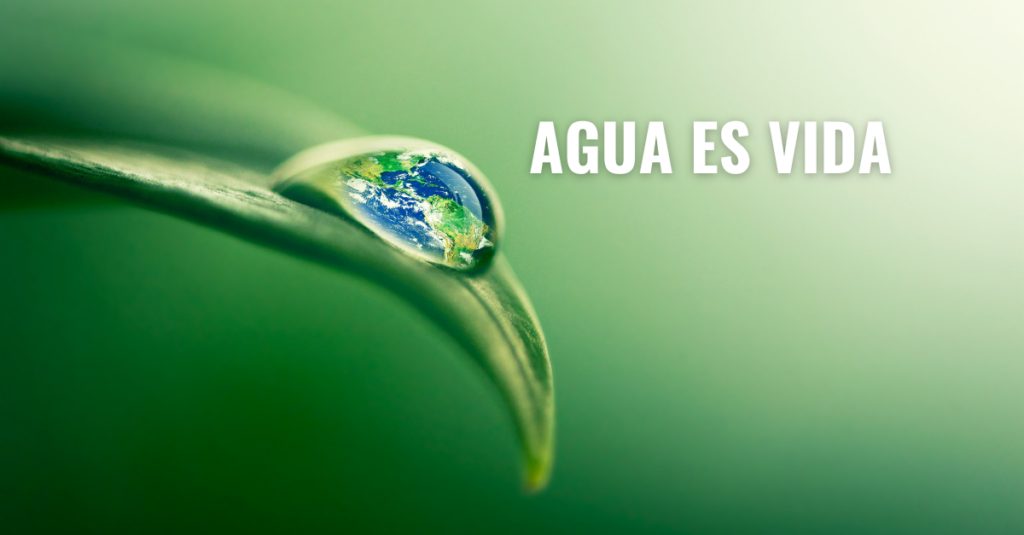
Kelly Bennett
Co-Founder & CEO
Agua es vida. Water is life. I recently re-watched a Western Landowners Alliance short film by this title (you can watch it HERE) and it was a great reminder to consider what’s going on in water management in the broader context of water in the West. The piece is about New Mexico’s acequias, its historical water ditch system with roots that date back more than a millennium. It beautifully explores human connection through water – connection with each other, with our shared history, and with our shared challenges yet to come. This underlying message has called to me constantly as I have visited many places around the West this year. In some of them, residents who were rejoicing record snowpack and spring rains not long ago, now wring their hands, concerned that this year, El Nino will yield the opposite outcome. In others, infrastructure needs tie diverse stakeholders together through shared water supply and financial risk, connecting people and communities that may be many miles apart. Water truly ties us all together.
As the film spells out, without water, there can be no people, no food, no community, no wildlife. In a world of competing demands for water, which only seem to be rising, we must embrace our interconnection through this critical resource. I think of the many stakeholders cleaning the acequias, caring for the watersheds that feed them, governing the distribution of water supplies, and the opportunity this collaboration provides to educate the broader population about the lifecycle of water.
Through the lens of oilfield water management, though it is easy to focus on the risks (we can’t underplay them or be overly cavalier), this connectivity creates so much opportunity. I have often found myself guilty of fixating on the big scary ‘what abouts’ than the exciting ‘what ifs’. Yet the more research I do on water use in general, the clearer it becomes that oil and gas is at the forefront of a major industrial water stewardship revolution.
The industry started by using much less high-quality water that could go to people, crops, livestock, or the environment. We have delved into key reuse milestones at length in analyses of produced water reuse, but suffice it to say that this year in the Permian Basin, more produced water will be used than groundwater to frac wells. Next, industry is pouring tremendous resources into treatment technologies. These technologies will be proven and scaled up in the oilpatch and will likely have major implications in other industrial, agricultural, and municipal water management applications. Longer term, the prospects are wildly exciting – using treatment technologies to make fresh water in the desert by reclaiming produced water. Coupled with tools like aquifer storage and recovery, nascent ecosystem services markets, and the myriad of other concepts being explored to incentivize the best and highest use of water, the future is rich with opportunity. But we have to be disciplined to look past infrastructure engineering and consider the new connections that these outcomes will create through water.
Understanding the stakeholders that will share these new connections is key. The kind of stakeholder engagement that is being driven through programs like the New Mexico Produced Water Research Consortium is critical to developing trust, understanding risks, and achieving social license. Water is life and water is also local; mapping values and needs will help us identify the low-hanging fruits – the places and communities most ripe for collaboration. Importantly, it creates a process by which the industry can collaborate internally and with external stakeholders to drive operational outcomes before it is directed to do so by the regulatory stick.
My family are cattle ranchers in Montana – we are no strangers to water disputes, the perils of dry years, the importance of good resource stewardship, and the destructive effects of bad policy. We have also seen firsthand the power of collaboration, especially when unlikely bedfellows come together to create an outcome that’s bigger than their individual aspirations. In places like the San Louis Valley in Colorado or parts of the Ogallala, competing water users have come together to form large partnerships to protect dwindling groundwater supplies. The northern Rio Grande River is the epicenter of great cooperative efforts with diverse private and public stakeholders, all focused on watershed health.
The collaborative process is not without risk. Accordingly, industry must take the leading role in driving it, rather than passively riding sidecar in its development. With all the exciting innovation in oilfield water management, it’s hard to imagine there isn’t a great reward ahead, if we can do it well.




